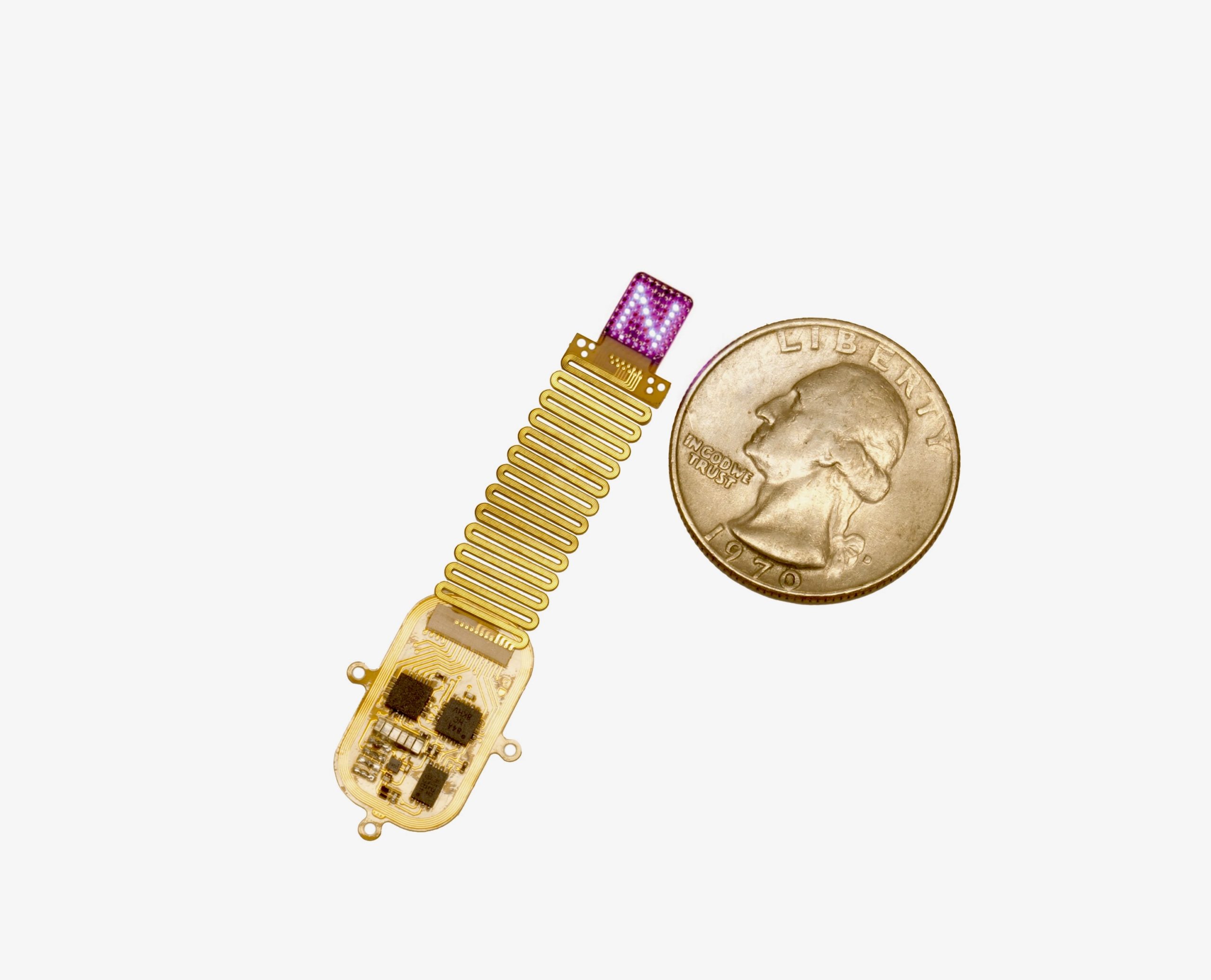
The effects of high blood pressure are not just a snapshot in time, according to a new study published in Circulation, which found that cumulative exposure to high blood pressure during young adulthood — even below levels that warrant a diagnosis of hypertension — is associated with impaired gait and cognitive function during midlife.
“The impact of blood pressure on the brain is a function of how much, how long and when,” said Farzaneh Sorond, MD, PhD, chief of Stroke and Neurocritical Care in the Ken and Ruth Davee Department of Neurology and senior author of the study. “You don’t need to be hypertensive by our current diagnostic criteria or on blood pressure medication to see the effect of higher blood pressure on your brain.”
The association between high blood pressure and impaired cognitive function in the elderly population has been known for some time, but disentangling the individual impact of other conditions like stroke, hemorrhage or Alzheimer’s disease in late life is a difficult task, according to Sorond, who is also the associate dean for faculty development.
In an attempt to learn more about the specific impact of blood pressure exposure on cognitive function, the investigators analyzed 30 years of clinical data from nearly 200 mid-life individuals from the Coronary Artery Risk Development in Young Adults study. Instead of looking at older adults who may have other conditions, Sorond and her collaborators examined adults in midlife — a relatively cleaner slate.
They found that exposures to higher levels of blood pressure during young adulthood had a strong association with impaired gait and cognition during midlife.
“It’s not only the single measure of blood pressure, but it’s the exposure over time,” said Simin Mahinrad, PhD, postdoctoral fellow in the Aging, Brain, Circulation (ABC) laboratory and first author of the study. “Over many years, that’s going to affect your blood vessels and can eventually lead to some brain disease.”
Perturbations in gait appeared earlier than cognitive function, confirming data from previous studies. Additionally, brain MRIs of the study participants revealed that subcortical white matter hyperintensities – small lesions that appear in the brain’s white matter as bright spots on an MRI scan – were also well-correlated with blood pressure.
“The white matter of your brain houses the highways that connect your neurons together,” Sorond said. “These white matter hyperintensities demonstrate scars in those highways and that impact communication in the brain.”
Sorond and Mahinrad said they hope that studies like this can inform new ways to identify people at risk of blood-pressure associated brain injury and to intervene before damage is irreversible.
“We’re developing new imaging technologies and biomarkers,” Sorond said. “We’re hoping that even before we collect 20 more years of data from these participants, we can tease out more from existing biomarkers and imaging tools to answer more questions today.”
The Cerebral Small Vessel in Motor and Cognitive Decline study is supported by National Institutes of Health grant R01NS085002. The Coronary Artery Risk Development in Young Adults Study (CARDIA) is conducted and supported by the National Heart, Lung, and Blood Institute (NHLBI) in collaboration with the University of Alabama at Birmingham (HHSN268201800005I & HHSN268201800007I), Northwestern University (HHSN268201800003I), the University of Minnesota (HHSN268201800006I) and the Kaiser Foundation Research Institute (HHSN268201800004I).






